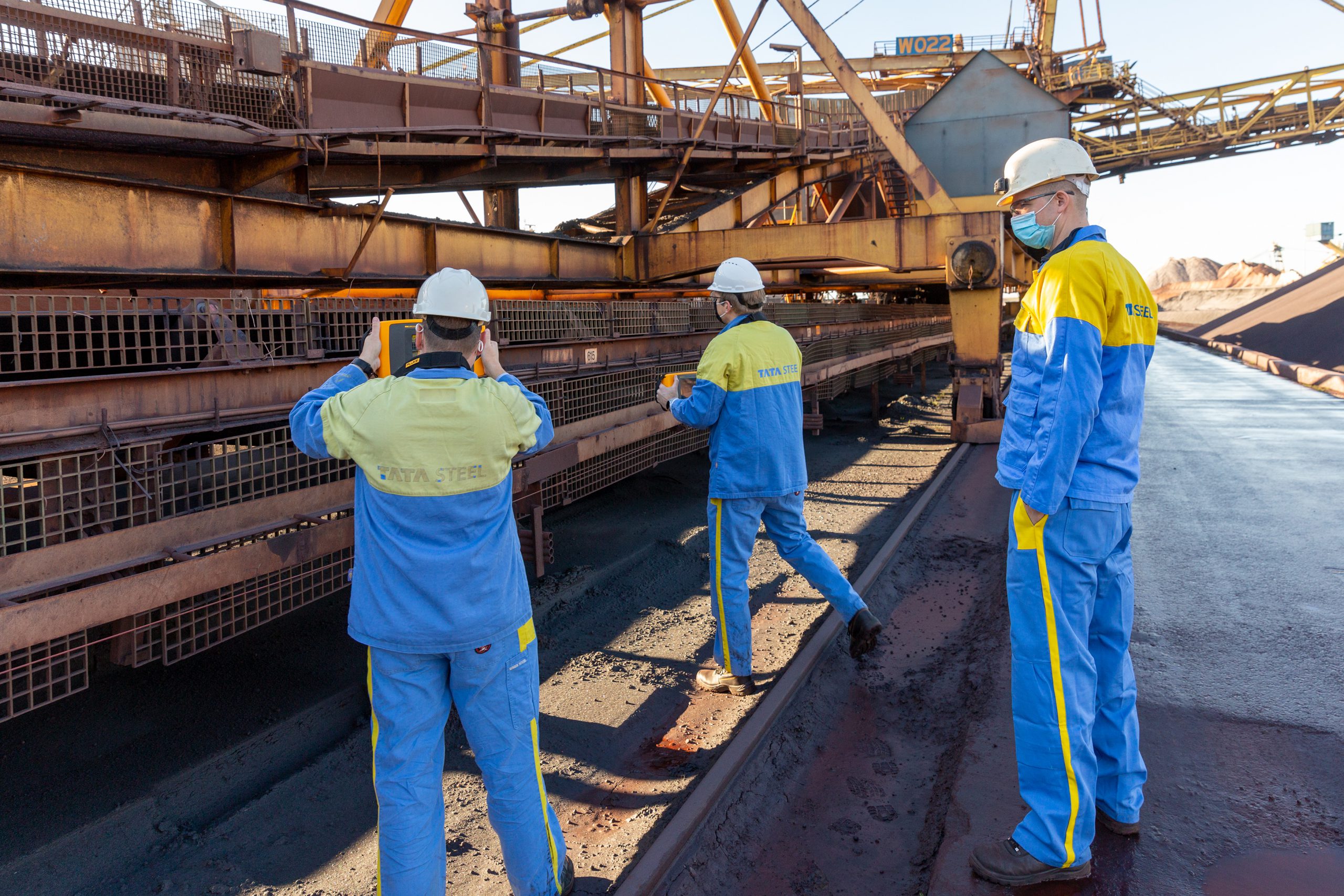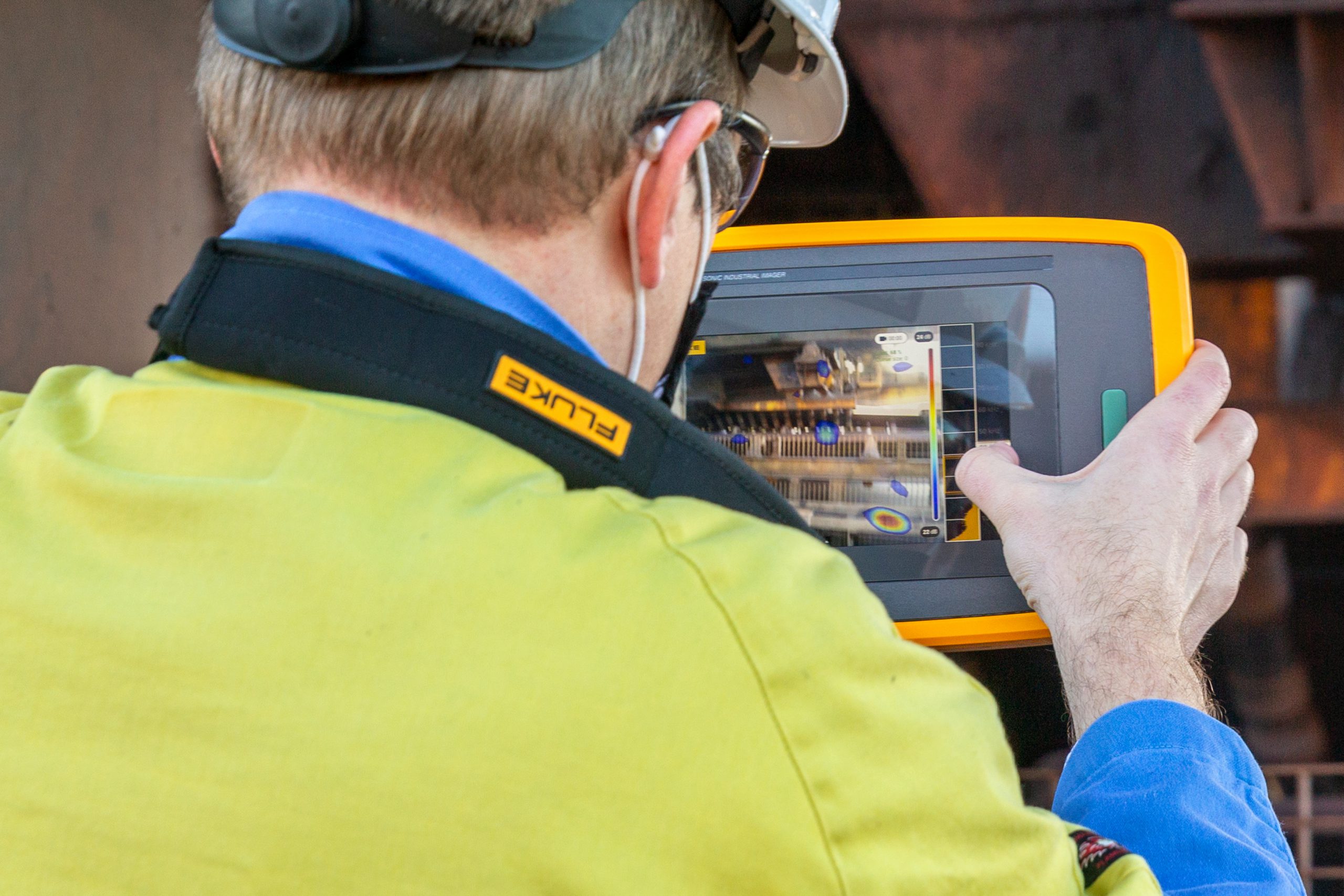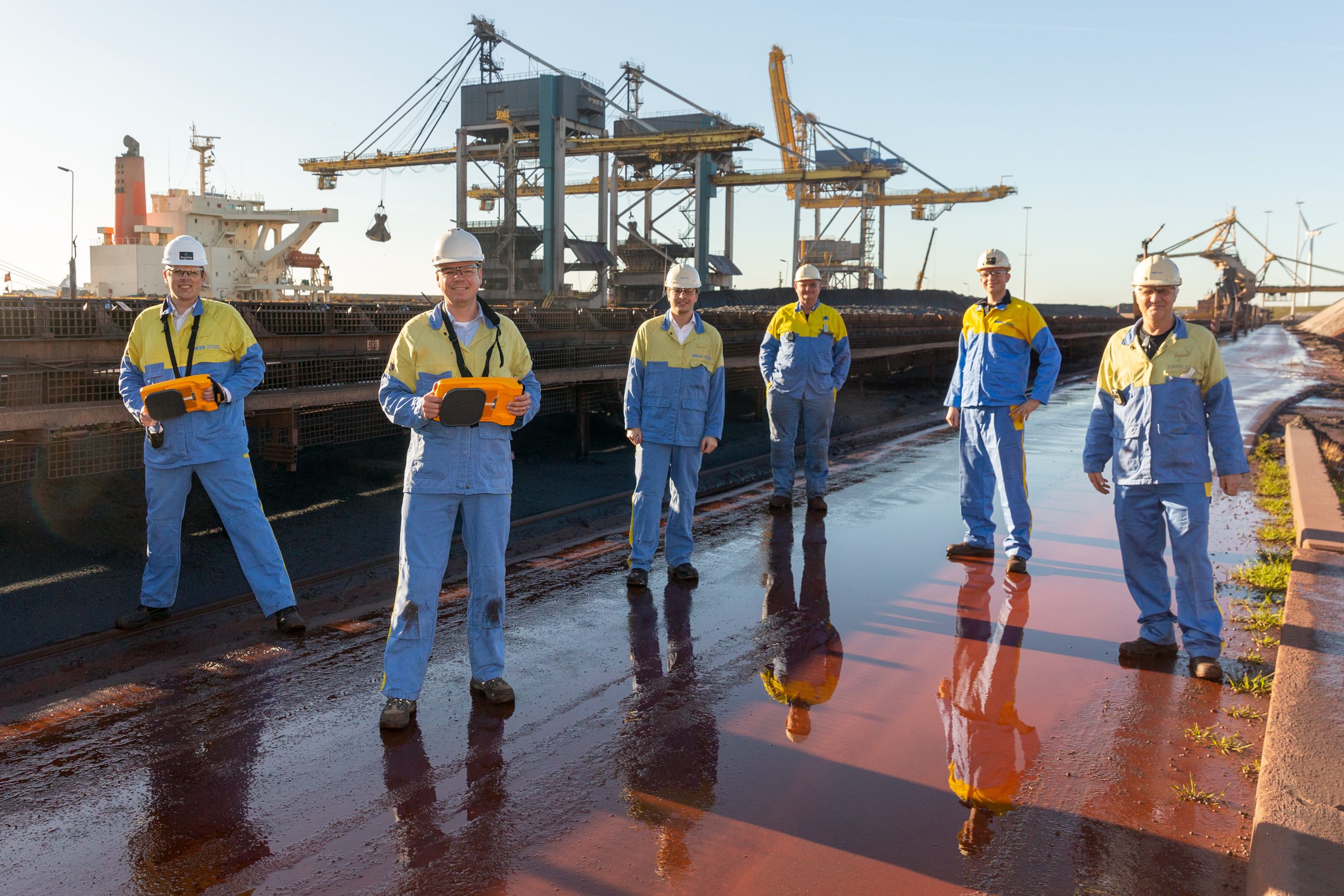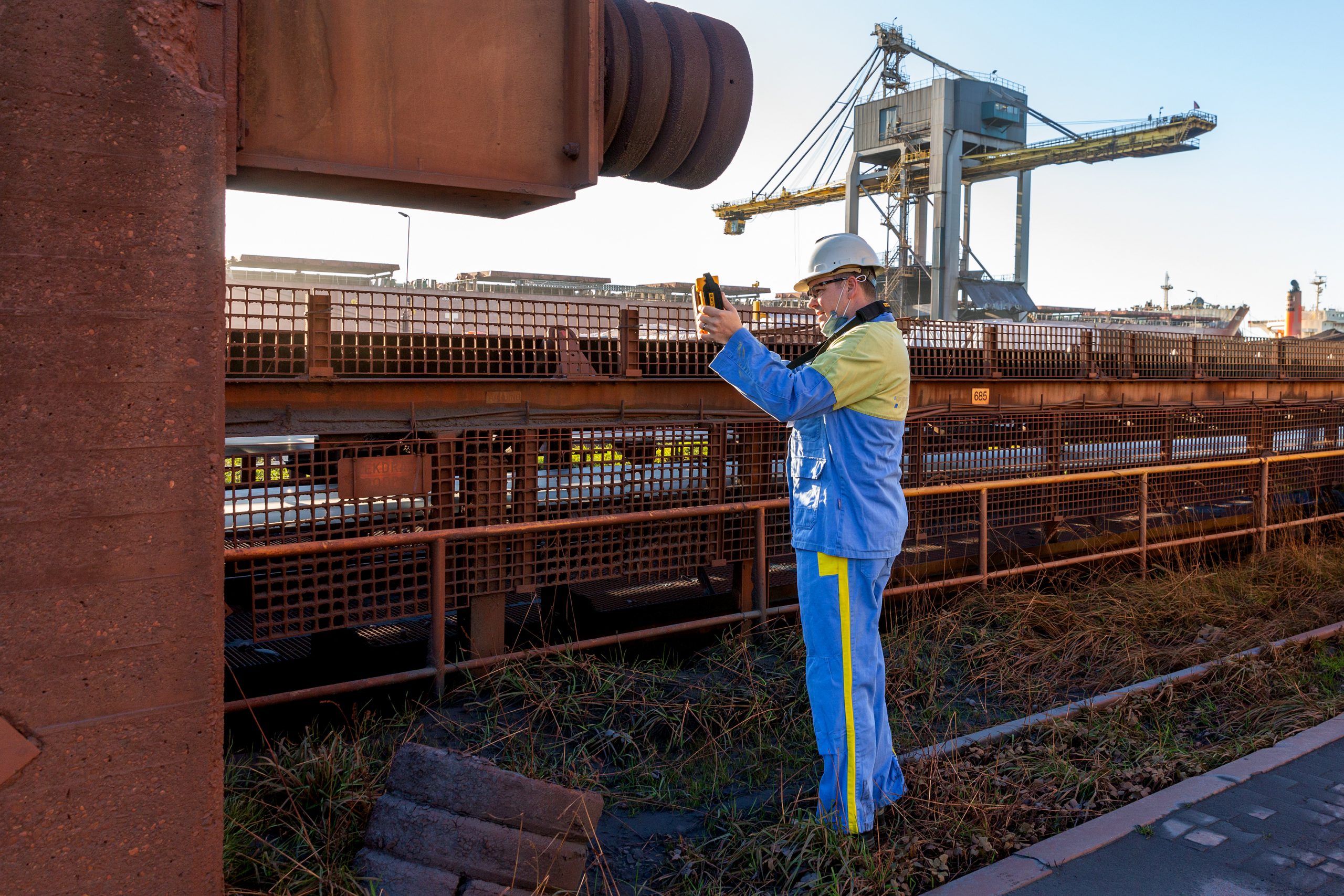Sound sensors detect wear and tear
You can hear an anomaly in a machine; a maintenance engineer with practiced ears will agree right away. But where exactly it goes wrong, or being able to hear it earlier than the human ear allows, is another story. A proof of concept with sound sensors was tested in the Fieldlab Smart Maintenance with collaboration partner Sorama. The results are promising.
The idea - one and one is three
Sorama is a provider of acoustic cameras and analysis software that can be used in a very wide range of industries. Paul van Doorn, product owner of the Listener Platform within Sorama, said, "We work with companies to provide insight into where sound is coming from in their products or environment. By clearly visualizing the noise level, we can see which components are causing the noise." Originally launched in 2009, Sorama focused on measuring sound in R&D environments, and over time the idea of measuring sound in public spaces as well emerged. Here, cameras listen to the moving parts of the machine to tell something about its condition.
Proof of concept
The collaboration between Sorama and the Fieldlab came about from one of the Fieldlab's partners, Semiotic Labs. Simon Jagers: "In the Fieldlab Smart Maintenance Techport, parties work together from different competencies. We - as Semiotic Labs - predict deviations in installations based on voltage measurements, while Sorama has a completely different way of detecting defects or wear; detection based on sound. That makes Sorama complementary as a party and interesting to join the Fieldlab." From this acquaintance and the enthusiasm created, work was done on a use case within Tata Steel where the use of acoustic cameras would lead to interesting new insights. A plan was developed by Sorama and Techport and subsequently a grant application was submitted and co-financing received from the Innovatiefonds Maakindustrie Metropoolregio Amsterdam. This fund finances innovative sustainable projects that make the manufacturing industry cleaner and smarter.


Together with Tata Steel, Sorama investigated the use of sound cameras to inspect conveyor rollers even more efficiently and help inspectors identify worn rollers. Inspectors do this by walking rounds along the network of conveyor belts, 55km in length, and locating by ear where defective rollers are. Elisa Bot of Tata Steel: "Our inspectors Thomas Boutsma and Johan van der Kruijssen are closely involved in the proof-of-concept and also very enthusiastic about the innovation. They see benefits for their daily work. Inspecting coils based on their own hearing is time-consuming and only part of the job. If this work can be replaced, more time will be available for the more substantive part of the work. In addition, we hope that the sensors will allow us to hear anomalies even earlier, or to install them in places where we have poor access."
Measurements
Scaling up and making collaboration sustainable
Measurements were taken on the conveyor belt at the North Sea Canal in Velsen-Noord and in a laboratory setup that show clear differences between the sound of good, used and worn rollers. Much of the technology consists of machine learning and artifical intelligence. Developing the algorithm so you can predict and indicate which component it is. In the proof of concept, it has been shown that the sensors can specifically indicate which coil in a particular cluster is showing wear. Elisa Bot said, "In addition to making it possible to replace only defective coils, in the future this technology could also help determine what maintenance should be prioritized and downtime can be reduced." Another major advantage of this technology is that the measurements take place remotely and the installation of sensors can take place while the conveyor is in operation. Elisa Bot: "Our colleague Ton Krakers from ICT did a lot of work to connect a stand-alone unit to Tata Steel's network and actually make remote monitoring possible. The security conditions are no small thing, and the stand-alone unit allows us to measure in places that are difficult for inspectors to reach."


Paul van Doorn: "The cooperation with the colleagues in the Fieldlab and with those involved in the production environment at Tata Steel was very pleasant. There was a lot of enthusiasm to test this technology. The internal organization to get things done in a practical way is sometimes complex and involves many stages, something we see more often in large organizations. For us this test is very valuable, it is great to be able to test a new idea within a company like Tata Steel. We now want to see how we can scale this up. We see many opportunities for smart maintenance and also want to test our newest sensors in the pilot plant. The collaboration that started with a co-financing project will now continue in a full partnership with the Fieldlab."
The use of sound is interesting in mechanical inspection issues and is part of the development within the field of smart maintenance. The use of this technology makes it possible to hear differences in the different phases of wear so that the maintenance engineer knows what is going on and what to do. We will keep you informed about this and other developments within the Fieldlab Smart Maintenance.
